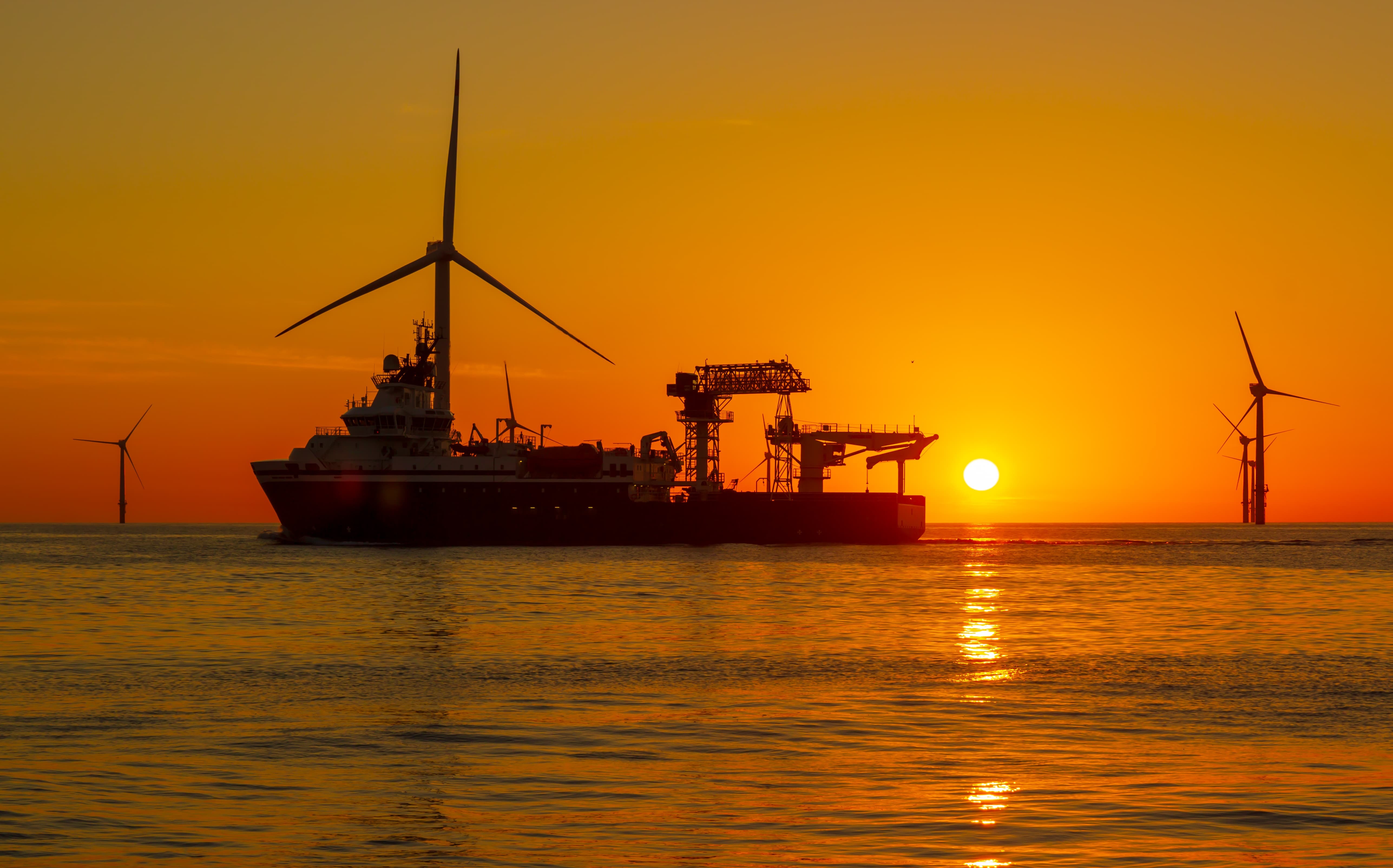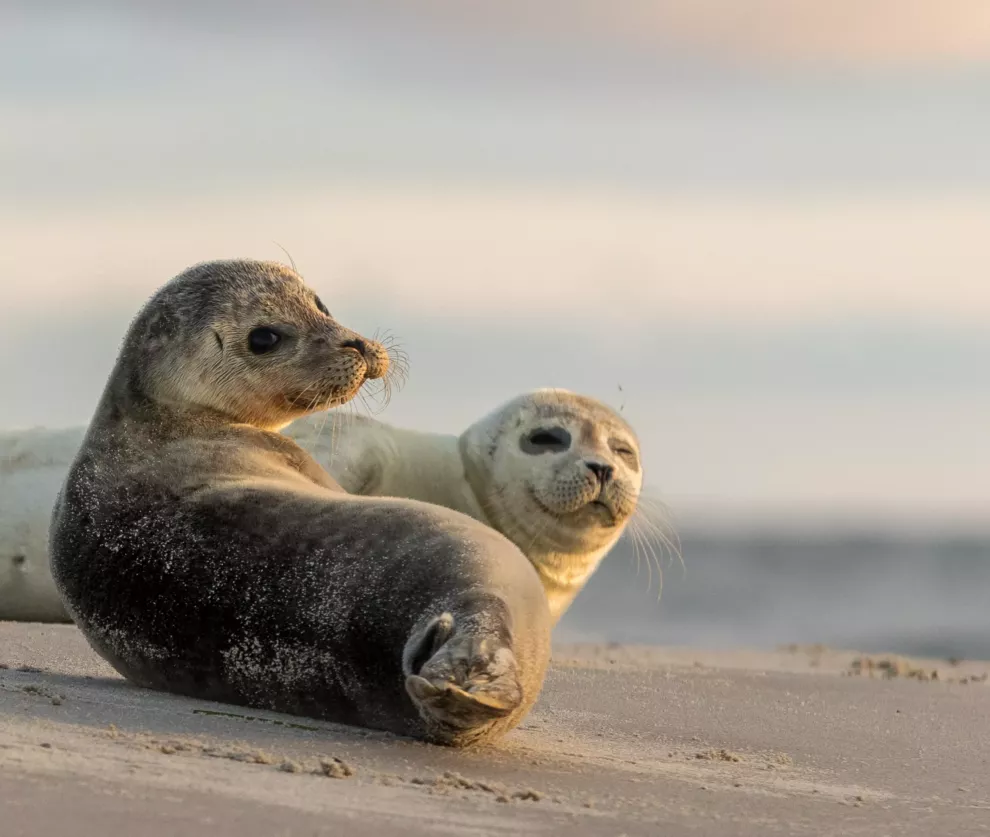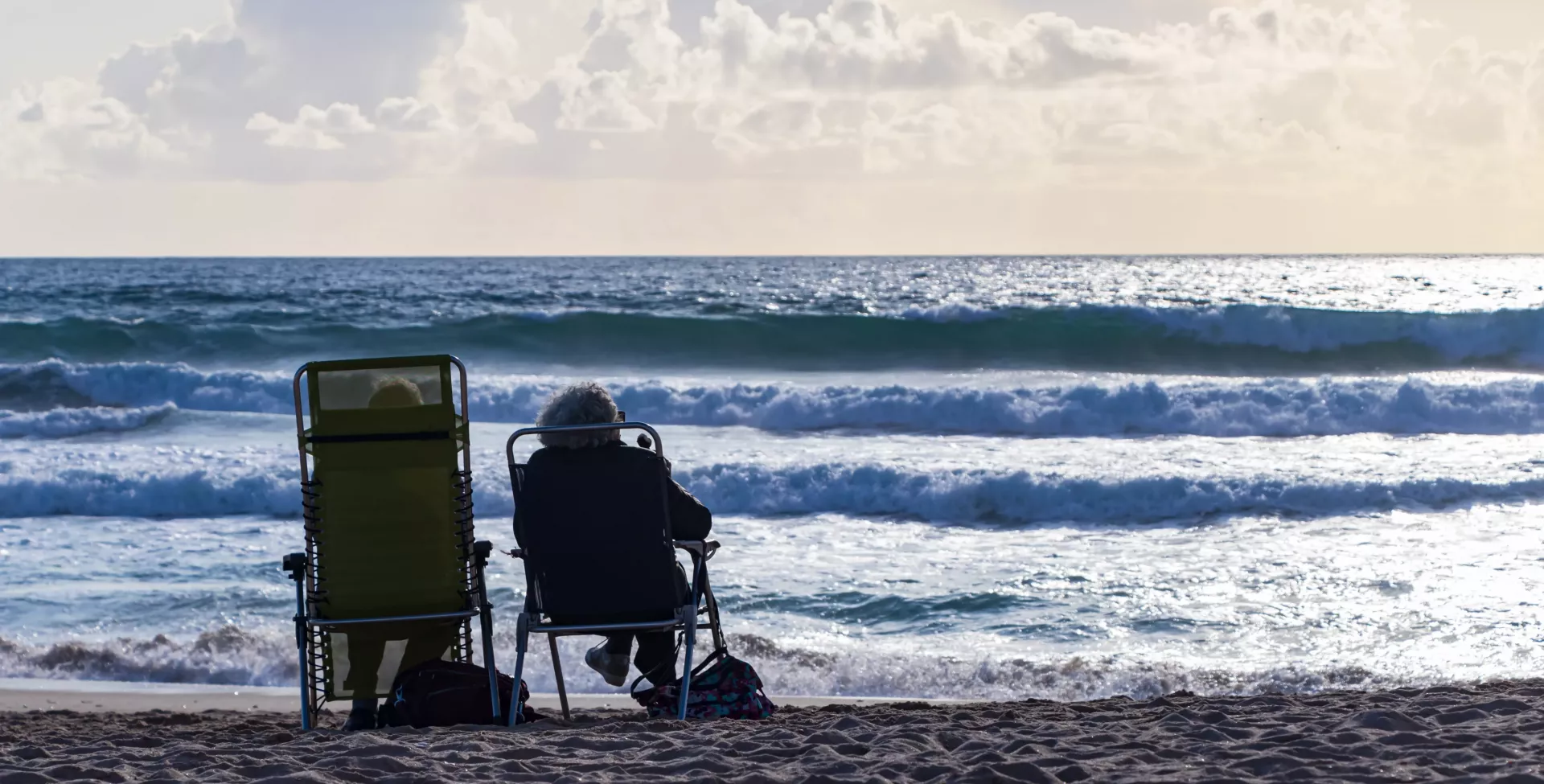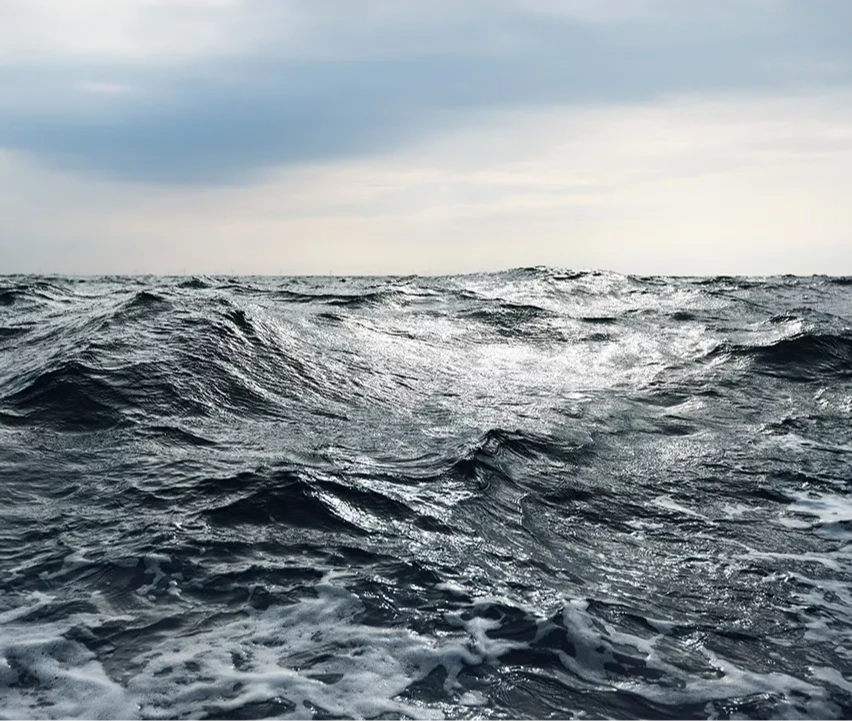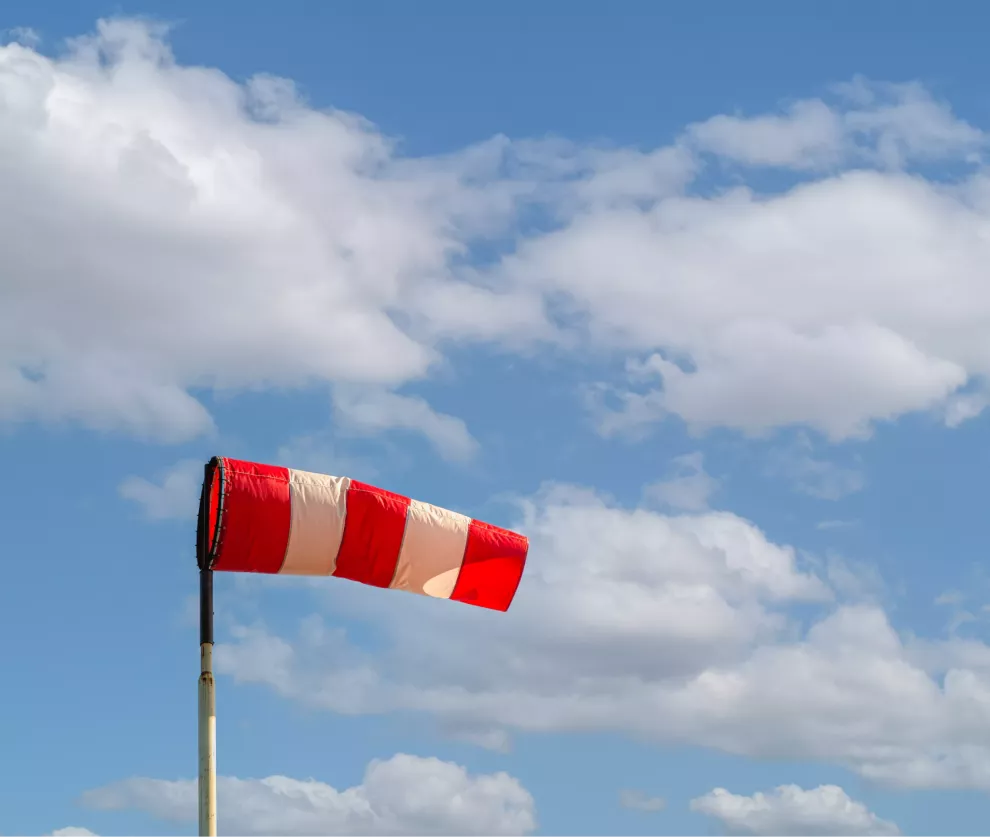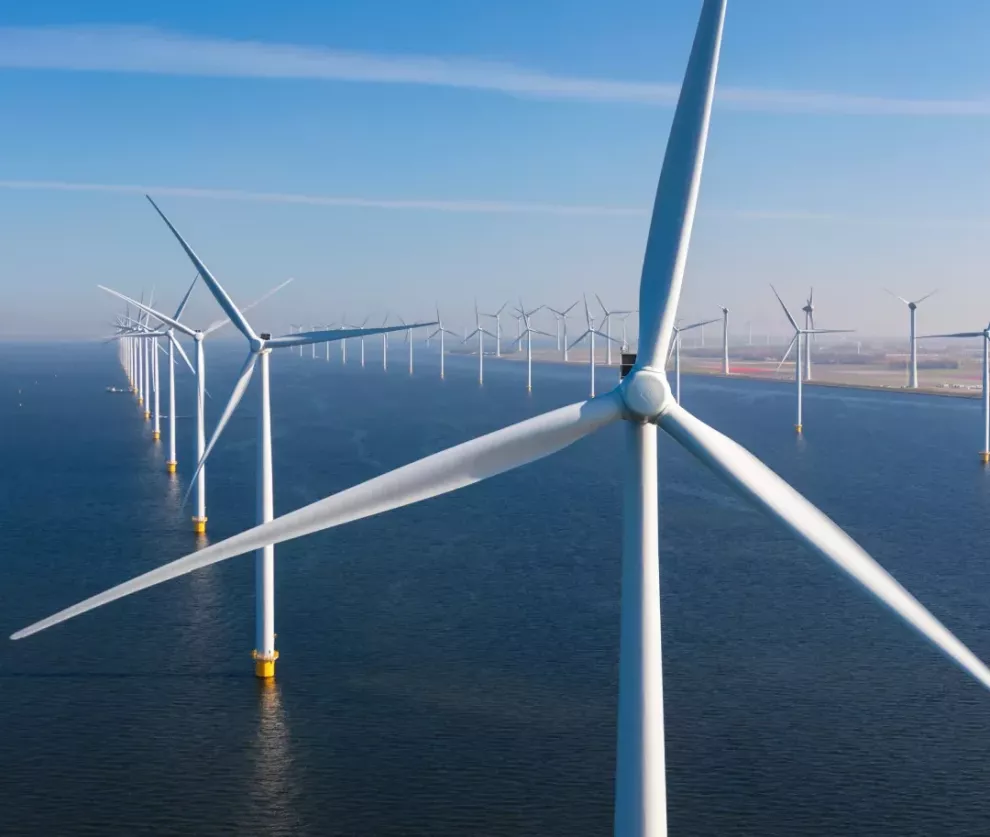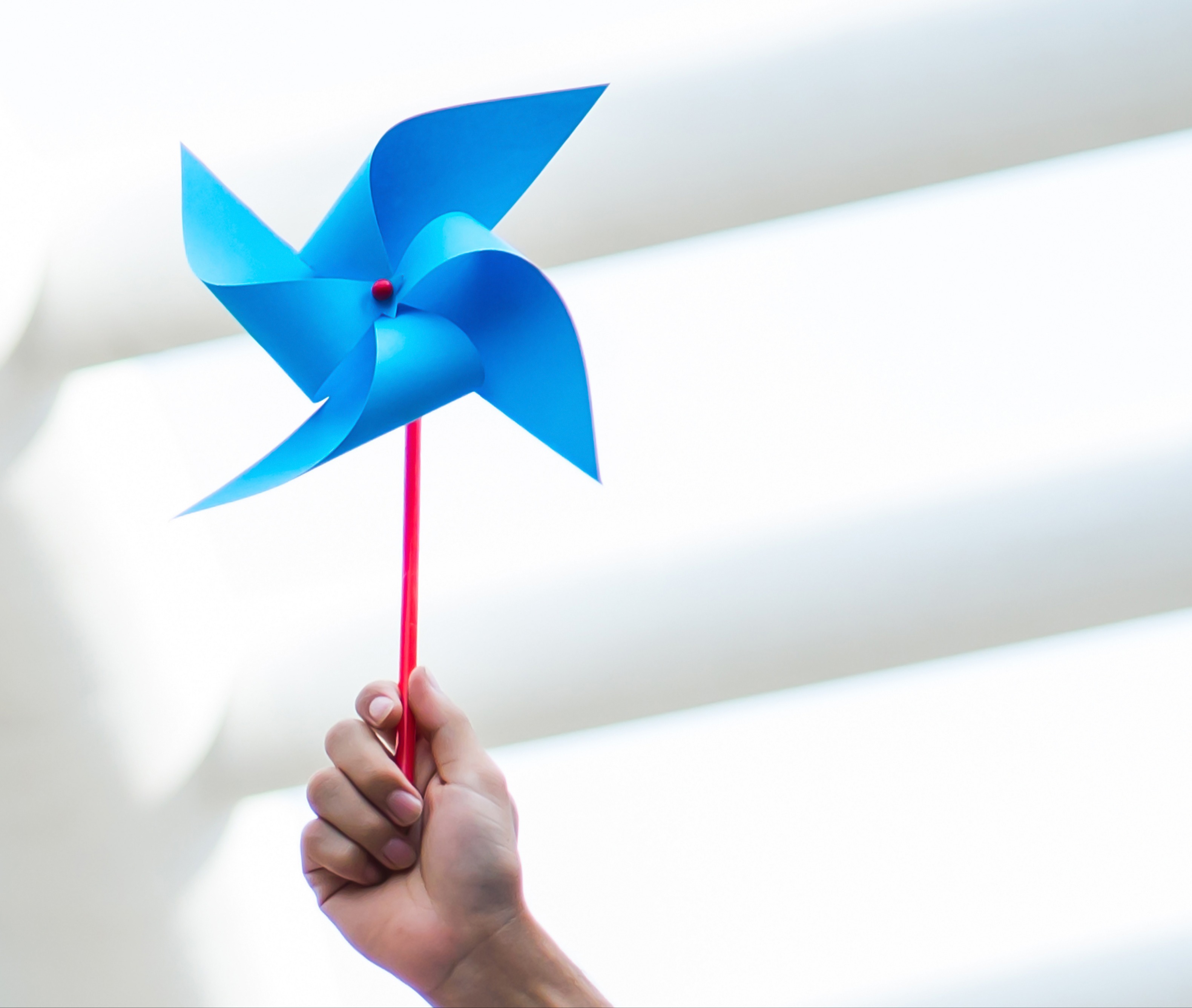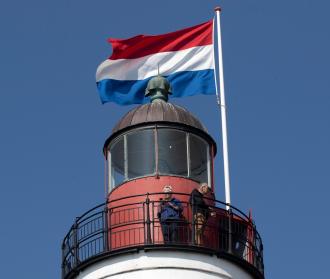Noordzeker richt zich op het grootschalig opwekken van windenergie op de Noordzee. Duurzame energie
van en voor Nederland, met een stabiele prijs, voor de komende decennia. Noordzeker is een initiatief
van pensioenfonds ABP pensioenbelegger APG.
Wij
geloven dat duurzame energieopwekking iets van ons samen is: van en voor ons allemaal. Door nu serieus
te investeren in windenergie op de Noordzee, zorgen we voor meer duurzame energie voor het Nederland
van morgen. Dat versnelt de noodzakelijke overgang naar duurzame energie en maakt ons minder
afhankelijk van fossiele brandstoffen die schadelijk zijn voor het milieu, én van landen en
bedrijven die olie en gas produceren. Samen worden we eigenaar van onze toekomst.
